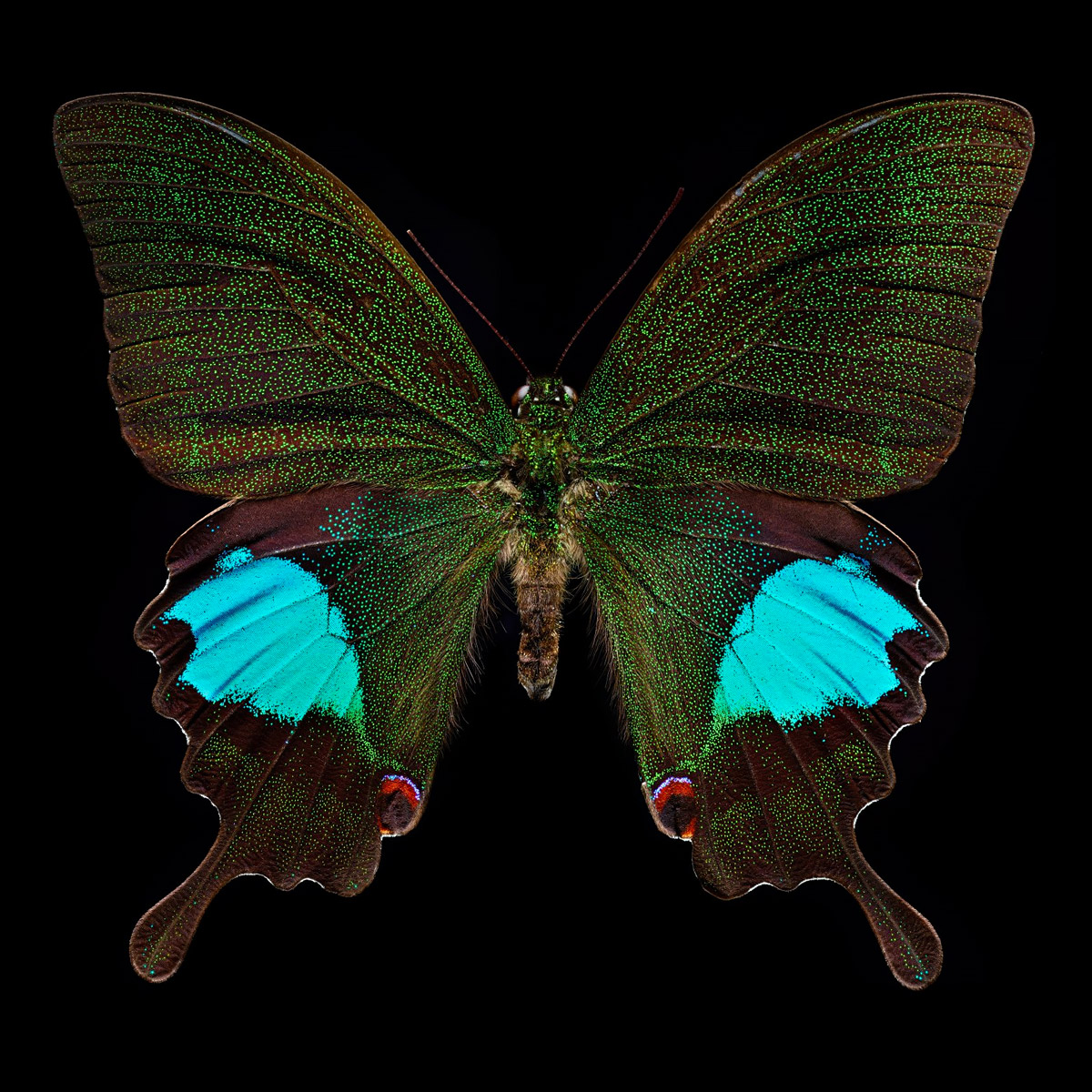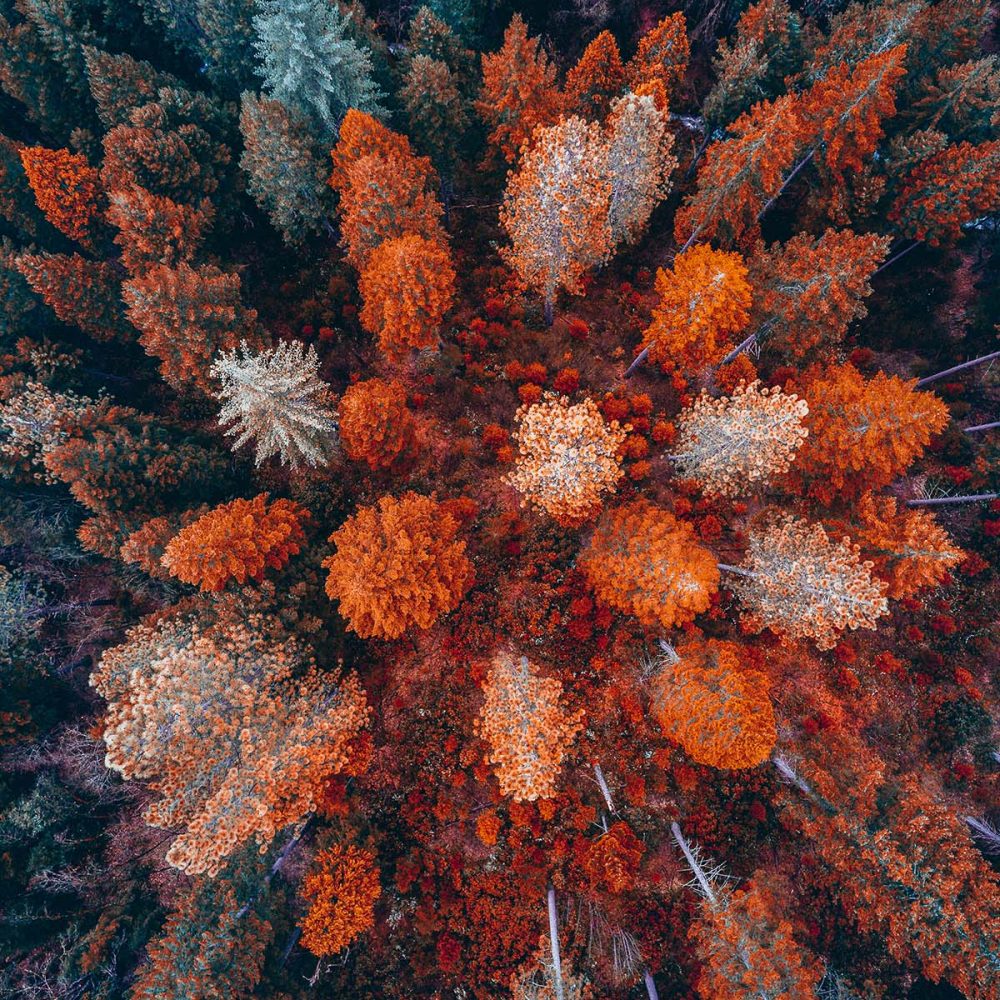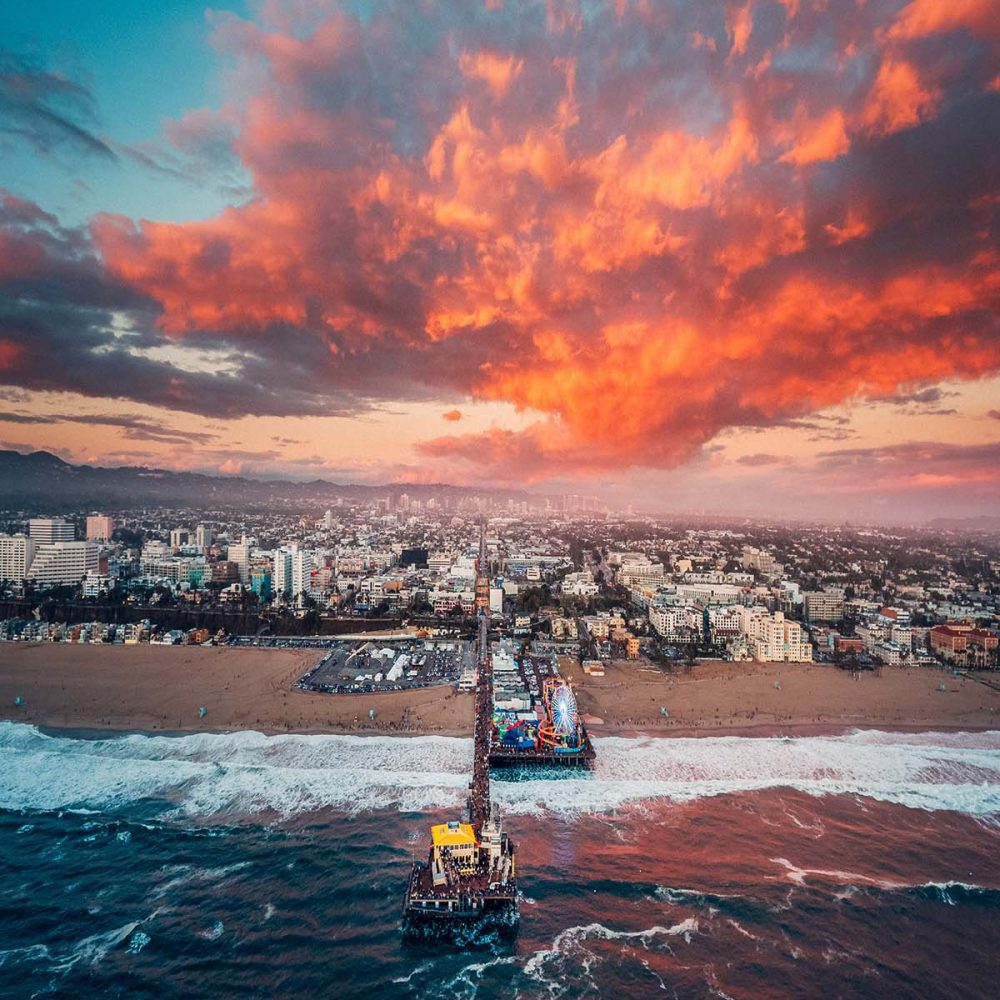what I loved most about these pictures and his process was the reminder that everyday things, everyday annoyances can often become something very different, very beautiful even, if only seen in a different way.
And that is encouraging.
Microsculpture is a ground breaking project by the British photographer Levon Biss that presents insect specimens from the Oxford University Museum of Natural History like never before . . . Microsculpture was first exhibited in the main court of the Oxford University Museum of Natural History. Surrounded by the museum’s stunning Neo-Gothic architecture, the largest of Microsculpture’s photographic prints measured up to three metres across and surrounded the visitor. Seen alongside the tiny insect specimens themselves, this huge transformation of scale offered a unique viewing experience" (via).
Although much smaller than three meters, these images are still stunning.
Jewel Longhorn Beetle
At high magnification the surface of even the plainest looking beetle or fly is completely transformed as details of their microsculpture become visible: ridges, pits or engraved meshes all combine at different spatial scales in a breath-taking intricacy. It is thought that these microscopic structures alter the properties of the insect’s surface in different ways, reflecting sunlight, shedding water, or trapping air (via).
Marion Flightless Moth
Levon photographs the insect in "approximately 30 different sections, depending the size of the specimen. Each section is lit differently with strobe lights to bring out the micro sculptural beauty of that particular section of the body. For example, I will light and shoot just one antennae, then after I have completed this area I will move onto the eye and the lighting set up will change entirely to suit the texture and contours of that specific part area of the body. I continue this process until I have covered the whole surface area of the insect" (via).
Paris Peacock
Ruby Tailed Wasp
You can see many more of these ridiculous images here, and if you do, don't pass up on the Treehopper. It might be my favorite.
Treehopper
But the Branch Back Treehopper is pretty amazing too . . . and the Tricolored Jewel Beetle.
Here's the madness behind the process:
You can also check Levon Biss' TED Talk and more of his non-insect work here.
For more on . . .
-N- Stuff : Photography : National Geographic
BE SURE TO SCROLL DOWN AND SUBSCRIBE - THANKS FOR READING!



















































































































































